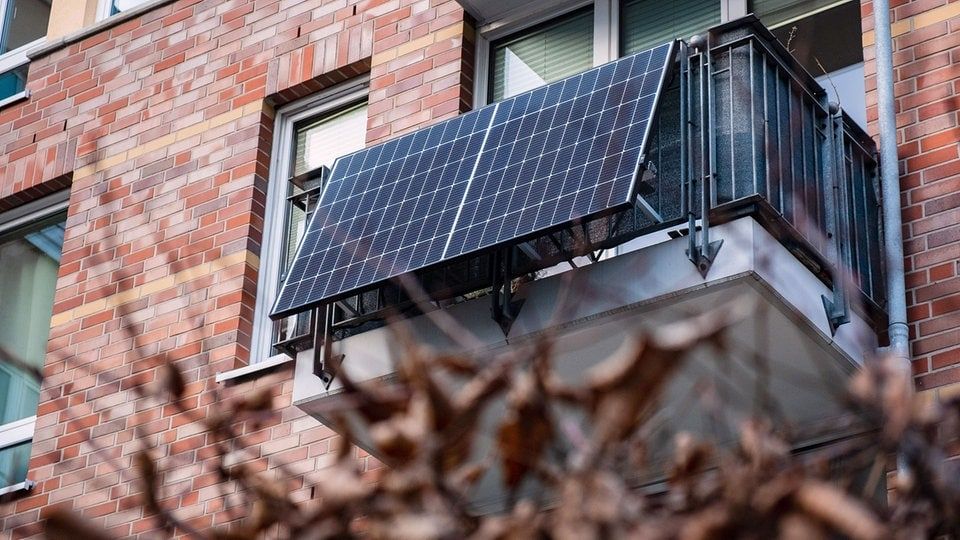
Balcony solar systems are becoming increasingly popular as they offer an environmentally friendly and cost-effective way to meet your electricity needs.
This article will discuss the advantages and disadvantages of balcony solar systems and address frequently asked questions.
Table of Contents
What is a balcony solar system?
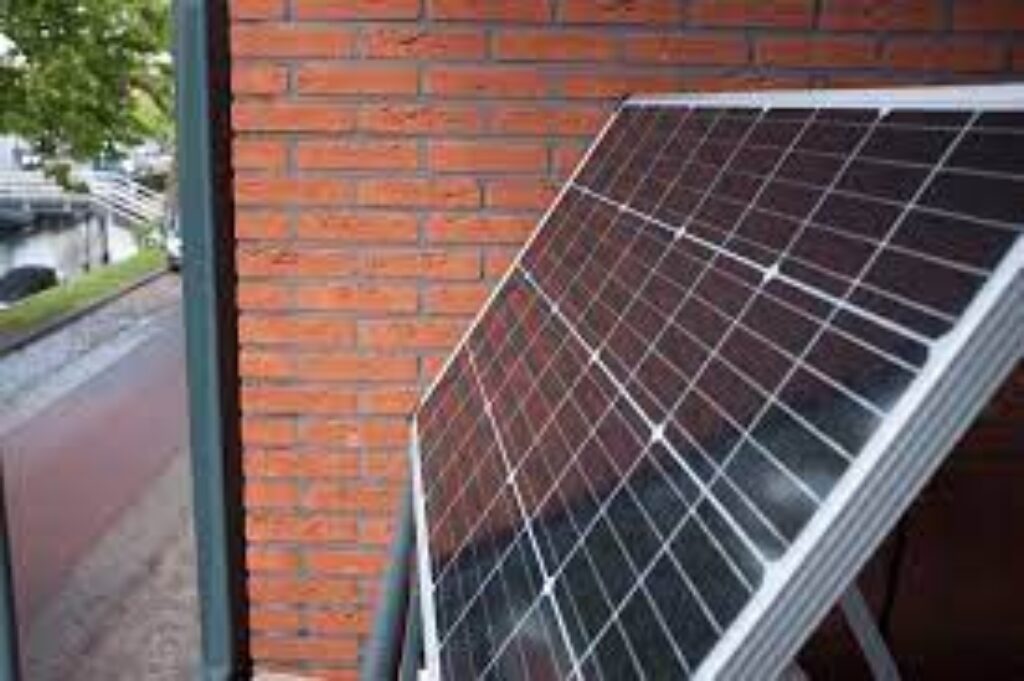
Source: regenpower.com
A balcony solar system is a compact photovoltaic system installed on the balcony or terrace and converts sunlight into electrical energy. They are a good option for people who live in rented apartments or do not have space for larger solar systems. The products from Renogy offer a large selection of balcony solar systems, inverters, batteries, and other accessories.
Advantages of balcony solar systems
- Energy saving – With a balcony solar system, you can generate your electricity and thus directly reduce your electricity bill.
- Environmental friendliness – You help reduce CO2 emissions by using clean energy and reducing the consumption of fossil fuels.
- Easy Installation – Balcony solar systems are easy to install and do not require extensive structural changes.
- Flexibility – Balcony solar systems are equally suitable for tenants and owners and can be easily dismantled and taken with you when you move.
Disadvantages of balcony solar systems
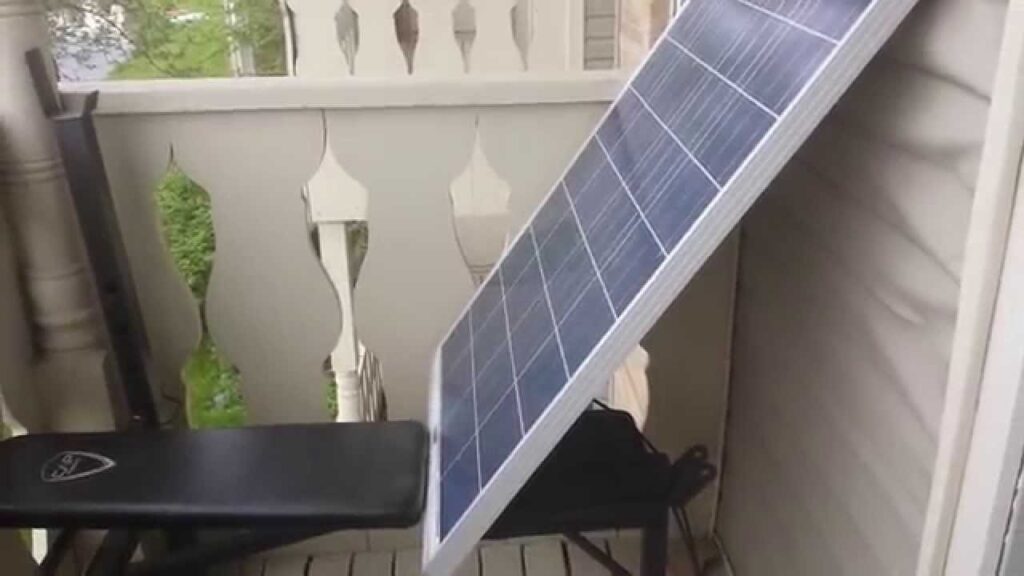
Source: youtube.com
- Dependence on weather and location – The performance of your balcony solar system depends on the solar radiation and the orientation of your balcony. A south-facing balcony is ideal, while a north-facing balcony can be less efficient.
- No energy storage – Balcony solar systems are usually designed for self-consumption and do not have energy storage. Excess energy cannot be stored and is not available during power outages.
- Power limitation – In Switzerland, the limit for self-installation of balcony solar systems is 600 W. Larger systems require a permit and the involvement of an installer.
Frequently asked questions about balcony solar systems
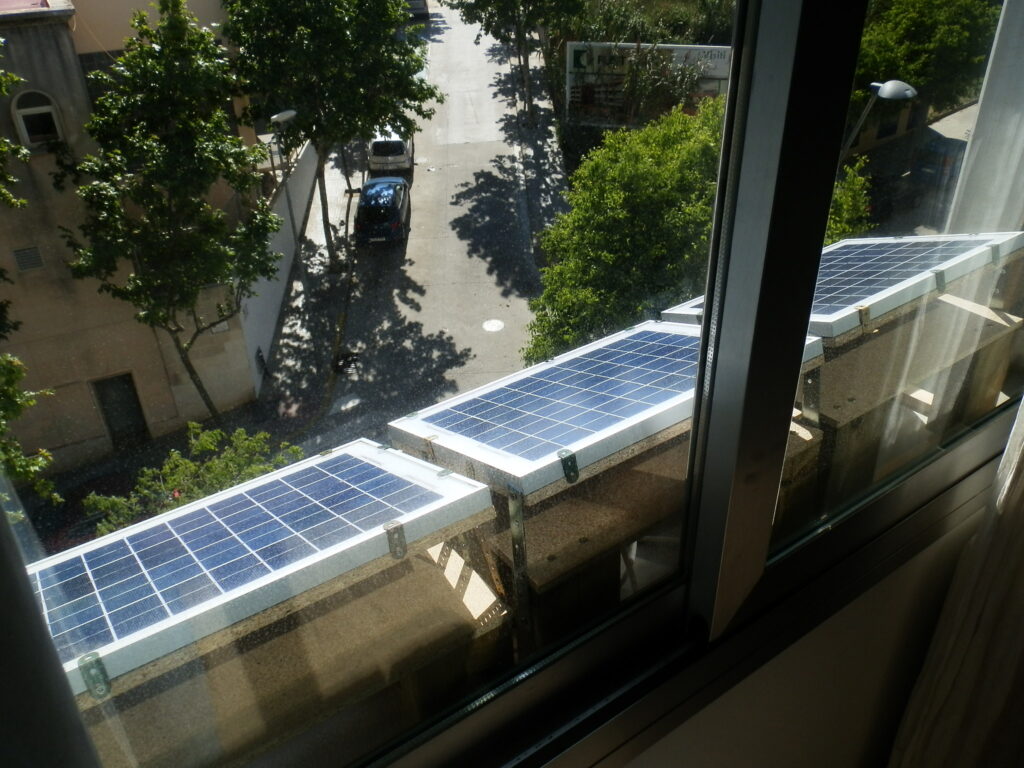
Source: lowtechmagazine.com
What can I do with a balcony solar system? You can operate electrical appliances in your household, such as the refrigerator, television, computer, and washing machine. However, the performance of the balcony solar system is limited, so you may not be able to operate all the devices at the same time.
What is the benefit of a 600 W balcony power plant? Depending on solar radiation and location, a 600 W balcony power station can generate up to 600 kWh annually. With an average electricity price of CHF 0.3384 per kWh, you can save up to CHF 203 per year.
How good are balcony solar systems? Balcony solar systems make sense if you want to generate electricity and reduce your electricity bill while helping to reduce CO2 emissions.
Why is the output of balcony solar systems limited to 600 W? The limit of 600 W in Switzerland is based on the Federal Office of Energy (SFOE) regulations and the Grid Connection Ordinance (NAV). This regulation ensures the safety and protects the distribution grids from overload. Larger systems require a permit and the involvement of an installer.
Can I also install a balcony solar system on a flat roof? Yes, balcony solar systems can also be installed on flat roofs. However, the appropriate mounting structures must be used to ensure the solar modules’ optimal orientation and tilt angle.
Do I have to register my balcony solar system? All photovoltaic systems, including balcony solar systems, must be registered with the local grid operator in Switzerland. Registration is necessary to ensure grid connection and receive the feed-in tariff.
Do I need a permit to install a balcony solar system? You do not need a permit to install balcony solar systems up to 600 W in Switzerland. However, larger systems require a permit and the involvement of an installer.
How long does it take for the investment in a balcony solar system to pay off? The payback period of a balcony solar system depends on various factors, such as the system’s performance, location, power consumption, and electricity costs. In general, the payback period can range from 5 to 10 years.
How to build a balcony solar system?
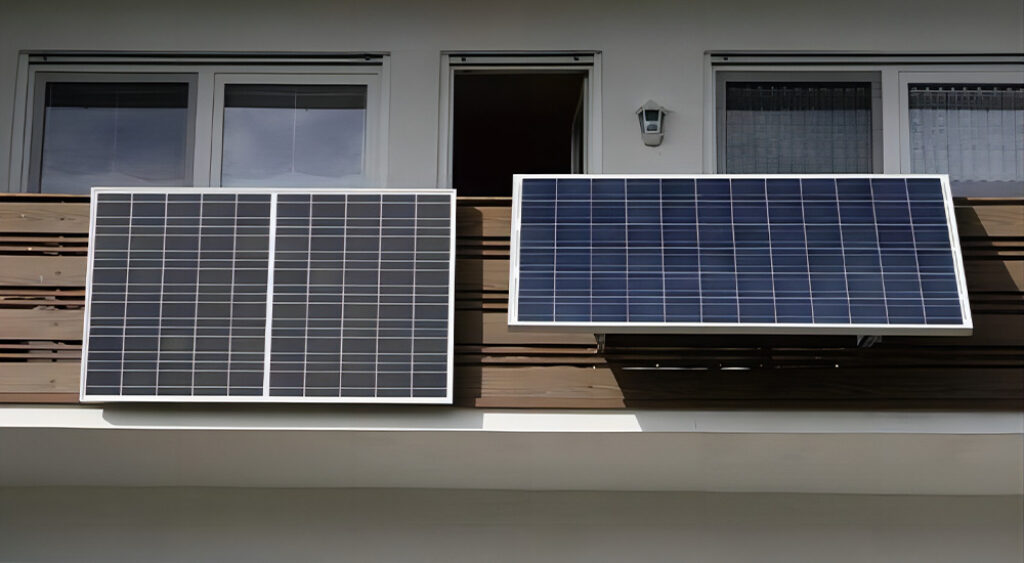
Source: beny.com
Building a balcony solar system can be a great way to harness the power of the sun and reduce your carbon footprint. While it may seem like a daunting task, with the right tools and knowledge, it can be done by anyone with a little DIY experience.
Step 1: Determine your power needs
Before you start building your balcony solar system, it’s important to determine your power needs. This will help you decide how many solar panels you’ll need, as well as what type of battery you’ll need to store the energy generated by the panels. Start by making a list of the devices you plan to power with your solar system, and estimate their power consumption in watts.
Step 2: Choose your solar panels
Once you’ve determined your power needs, it’s time to choose your solar panels. Solar panels come in a variety of sizes and wattages, so it’s important to choose panels that are appropriate for your needs. Consider the size of your balcony and the amount of sunlight it receives when choosing your panels. You can either mount the panels on a rack or use a portable solar kit for home.
Step 3: Choose your battery
The next step is to choose your battery. Your battery will store the energy generated by the solar panels, so it’s important to choose a 12V battery that has enough capacity to meet your power needs. The most common type of battery used in balcony solar systems is a deep cycle battery, which is designed to be discharged and recharged repeatedly without damage.
Step 4: Choose your charge controller
A charge controller is an important component of any solar system, as it regulates the amount of charge that goes into the battery to prevent overcharging and extend the life of the battery. When choosing a charge controller, look for one that is compatible with your solar panels and solar battery.
Step 5: Install your solar panels
Once you have all of your components, it’s time to install your solar panels. If you’re mounting the panels on a rack, make sure the rack is securely fastened to your balcony. If you’re using a portable solar panel kit, simply place the panels in a sunny spot on your balcony.
Step 6: Connect your solar panels to your charge controller
Next, you’ll need to connect your solar panels to your charge controller. This is typically done using a set of wires that come with the charge controller. Make sure to follow the instructions provided by the manufacturer to ensure a proper connection.
Step 7: Connect your charge controller to your battery
Once your solar panels are connected to your charge controller, you’ll need to connect the charge controller to your battery. This is typically done using a set of wires that come with the charge controller. Again, make sure to follow the instructions provided by the manufacturer to ensure a proper connection.
Step 8: Test your system
With all of your components connected, it’s time to test your system. Make sure everything is working properly by turning on the devices you plan to power with your solar system. If everything is working properly, you should be able to power your devices using the energy generated by your solar panels.
In conclusion
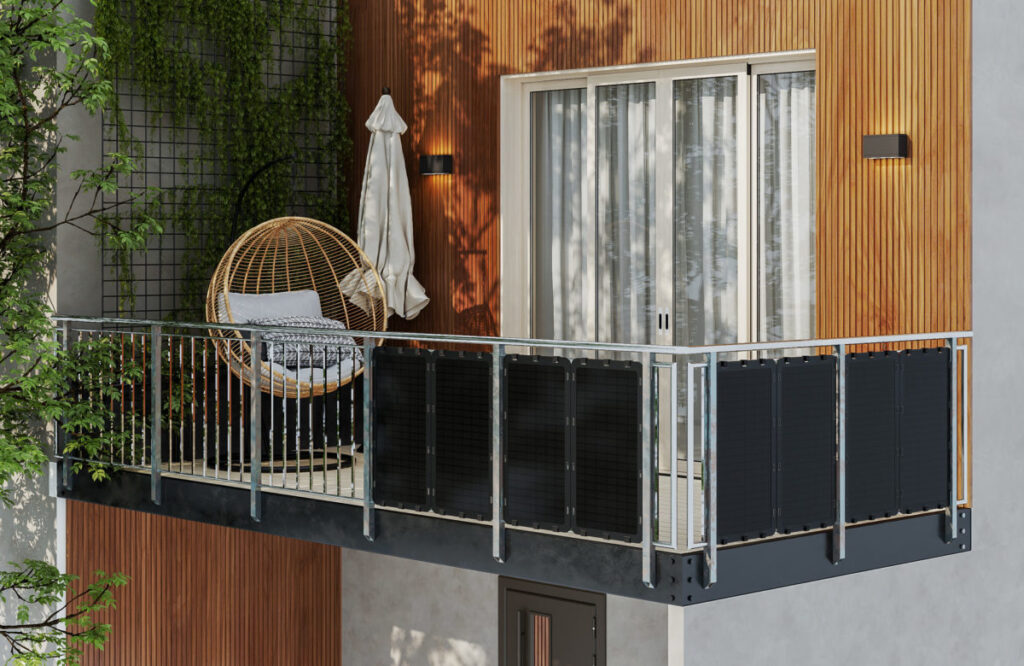
Source: pv-magazine.com
In conclusion, building a balcony solar system can be a great way to reduce your carbon footprint and save money on your energy bills. By following these steps, you can build a simple yet efficient solar panels system that will allow you to harness the power of the sun and enjoy the benefits of renewable energy.
Balcony solar systems offer an environmentally friendly and cost-effective way to generate electricity and reduce energy consumption. Consider your location’s pros and cons and specifics to make the best decision.







